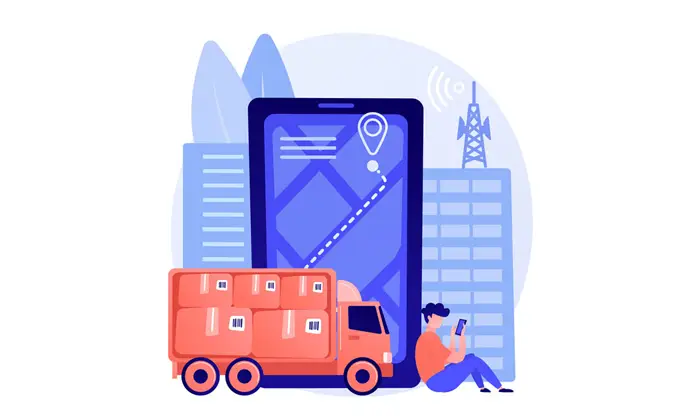Asset tracking involves tracking physical assets to avoid theft or loss while gaining valuable business information to maximize operational efficiency. While several options are available, it can be challenging to determine the best choice. In simple terms, RFID tags help to automate the process of locating and managing assets. It is beneficial when a business relies on the availability of high-value assets. RFID technology allows efficient tracking and inventory management cost-effectively.
Types Of RFID Tags
- Active: Active RFID tags can transmit real-time data signals over longer distances using an embedded battery. It is used with larger applications such as industrial containers or railcars and is more expensive to implement.
- Passive: These RFID tags work well for the supply chain management. They are automatically scanned as they pass through the doorway, conveyor belts, rolling carts, or shelf readers equipped with scanners. Field technicians can use hand-held scanning devices to scan passive RFID tags. Its read performance is affected by the tag’s material, size, shape, and type. For example, the larger the tag size, the further away it can be read.
Advantages Of RFID Tags
- It does not require a direct line of sight for tracking
- It does not require manual human intervention
- Collects data faster
- Can hold more data than alternatives
- Improve productivity
- Boosts efficiency by scanning multiple tags
- Ensures security with data encryption
- Increases accuracy
- Reduces labor requirements
Disadvantages Of RFID Tags
- It takes a lot of testing to get a good read
- The signal can be easily blocked
- RFID tags can be read inadvertently
- Updates can overwhelm systems, leading to confusion
- Data storing can lead to duplication errors and data normalizing difficulties
Why Do People Opt For Barcodes?
RFID tags can be bulky, which is not ideal for end-user equipment. It can lead to damage or accidental removal in some cases. While barcodes are small, they are accurate and can be certified to ISO standards. From retail to manufacturing to medical, barcodes can be customized to include specific inventory and pricing data for receiving, stockroom inventories, check-in/check-out, audit, disposal, and other tracking activities.
Whether it is hand-held, in-counter, or omnidirectional, most scanners are budget-friendly. Industrial-grade barcode readers can even weather through harsh conditions.
Hybrid Barcodes & RFID Tags
Pre-printed or pre-encoded hybrid tags with matching barcodes and RFID values provide maximum flexibility, allowing users to scan the asset with any device. By using both barcodes and RFID tags, you can get the benefits of both systems.
Here’s what you need to consider before evaluating RFID technology:
- The volume of transactions expected in a multiple-year period
- Types of assets to track
- The convenience of the location of RFID tag placement
- Cost of human involvement compared to investment in the RFID system
- Accuracy of data required
- Requirement of real-time information
- Management of RFID reading devices
- Total budget for the adoption and implementation of tracking system
RFID tags fail when the use cases aren’t compatible with the RFID technology chosen for the purpose, so it is vital to consult a professional who can suggest the perfect solution for your needs. If you want to determine which system or technology is best suitable for your needs, contact us at Trakaid.
